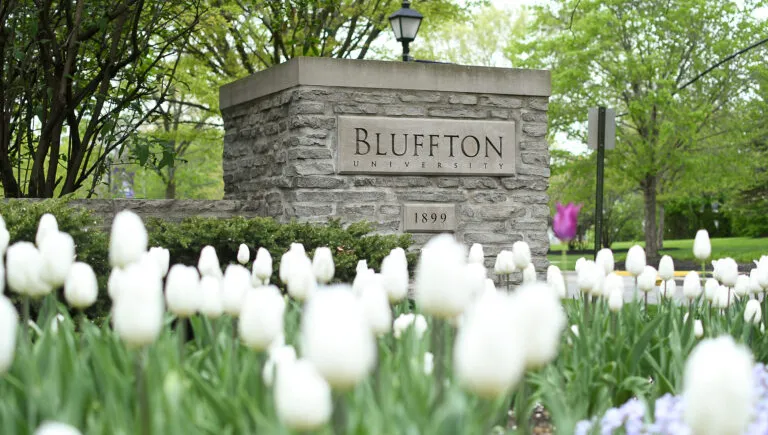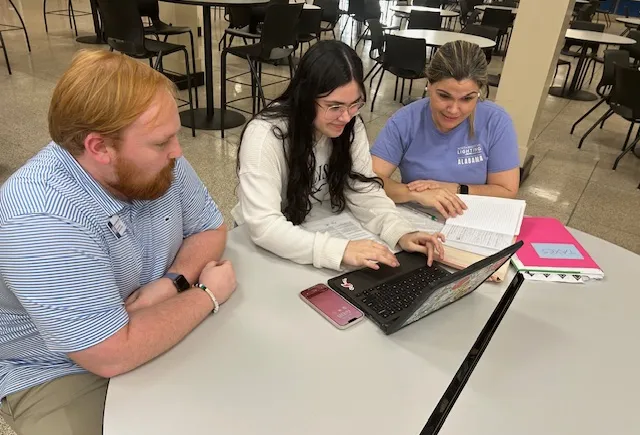[ad_1]
For a lucky slice of universities, donations are the grease helping the wheels of the institution to turn. And lately, donations to American higher ed are up — rising about 12.5% from 2021 to 2022, to be precise.
But sometimes the relationship between donor and institution can turn sour. A donor might be unhappy with how the gift has been used or might be bringing negative attention to a university. Here are a few ways experts suggest universities can form positive long-term bonds with donors and navigate these unique relationships.
Practice good stewardship
The relationship-building process that occurs after a gift is given is called stewardship, said Bill Stanczykiewicz, director of the Fund Raising School at Indiana University-Purdue University Indianapolis.
Staying in touch with donors and keeping them updated is the right thing to do for general human dignity.
“Stewardship is staying in relationship with a donor in ways that do not always involve continually asking for more money,” Stanczykiewicz said. “They made this financial gift. The right thing to do is to stay in touch with them over time.”
But good stewardship — such as updating a donor on the status or impact of their gift — can also mean that a donor is more likely to give again.
“When we do steward our donors correctly and properly and with that human dignity, then they are more likely to donate from one year to the next, they are more likely to increase the size of their gifts over time, and they’re more likely to be part of other fundraising activities such as our capital campaigns and our comprehensive campaigns,” Stanczykiewicz said.
Too often, Stanczykiewicz said, he hears from donors who feel that they are dropped by an institution in between requests for money.
“That is just a serious mistake that allows a donor to feel used,” he said, “to feel that their only interest to the fundraiser was about the financial gift.”
Understand your donor
Historically in philanthropy, there was an idea that once a gift was made and the donor was thanked, there was no expectation of further engagement, said Sue Cunningham, president and CEO of the Council for Advancement and Support of Education. But further engagement is actually very necessary.
Cunningham compares the relationships between institutions and donors to the relationships we have throughout our lives.
“If a relative gives you a sweater for the holidays that they made, the next time you see them, unless it’s the heat of summer, you might wear it in order that they know you really valued and appreciated that gift,” she said. “And the next time they come you make sure they don’t see it in the wastepaper basket.”
However, we all develop relationships differently. And forming good ones means understanding the vision, needs and desires of a donor. Some may want to be visible — having their names on donor lists and academic positions. Others may prefer more privacy and distance.
“People don’t give to things unless they feel deeply about them,” Cunningham said. “So what steps along the journey would the donor enjoy being engaged or involved with?”
Practice good communication
Cunningham said it’s important for institutions to be clear about what a donor can and can’t expect from their gift. CASE’s Global Reporting Standards lay this out in detail.
For example, if a donor has supported the creation of an academic chair, it’s appropriate and good for them to be informed about someone being hired to fill that chair, and for the donor to be invited to the inaugural lecture. However, the donor should not be sitting on the appointment panel for that position, the standards say.
Managing those expectations from the start means trouble or tension are less likely down the line. Many universities choose to have donor charters or other documents for this purpose.
But communication is often most likely to break down when things go poorly — when, for example, the outcome a donor expected doesn’t come to pass. But Cunningham said it’s important to overcome the fear of making a donor unhappy in order to communicate well.
“Everybody understands that everything doesn’t always go according to plan, but I think there’s sometimes a fear factor that if we tell the donor that this isn’t exactly how it’s panned out, they may not be happy in any way,” she said. “Should we share? My perspective is absolutely.”
Do your due diligence
Sometimes a relationship turns sour because a donor revealed themselves to be a person a university might not want to associate with.
John Schnatter, the founder of Papa John’s Pizza who lost his CEO title amid a string of scandals that included reports he used racist language on a conference call; the Sackler Family, who have been criticized for their role in the opioid crisis; and Jeffrey Epstein, whose sex crimes made him a household name, are all examples of this type of situation, said Stanczykiewicz.
“As fundraisers are meeting their prospective donors, they certainly want to make sure that the donor’s values and philanthropic motivations are aligned with those of the school or the university,” he said, “and also that there isn’t anything about the donor or the employer or the product of the employer that runs contrary to those values.”
Cunningham said that gift agreements can also be important for making sure everything is aligned.
CASE’s reporting standards suggest sample gift agreement clauses to mitigate some of the reputational risk that can arise over time. A sample reputational clause states that a university may stop using the name of a donor if continuing would adversely affect the reputation, image, mission or integrity of the institution. The institution then has no further obligation to the donor and is not required to return any portion of the gift already paid.
Being aware of these issues is “just part of your due diligence as a fundraiser as you get to know the donor,” Stanczykiewicz said. “And certainly that continues throughout the relationship when you’re conducting your stewardship.”
[ad_2]
Source link









